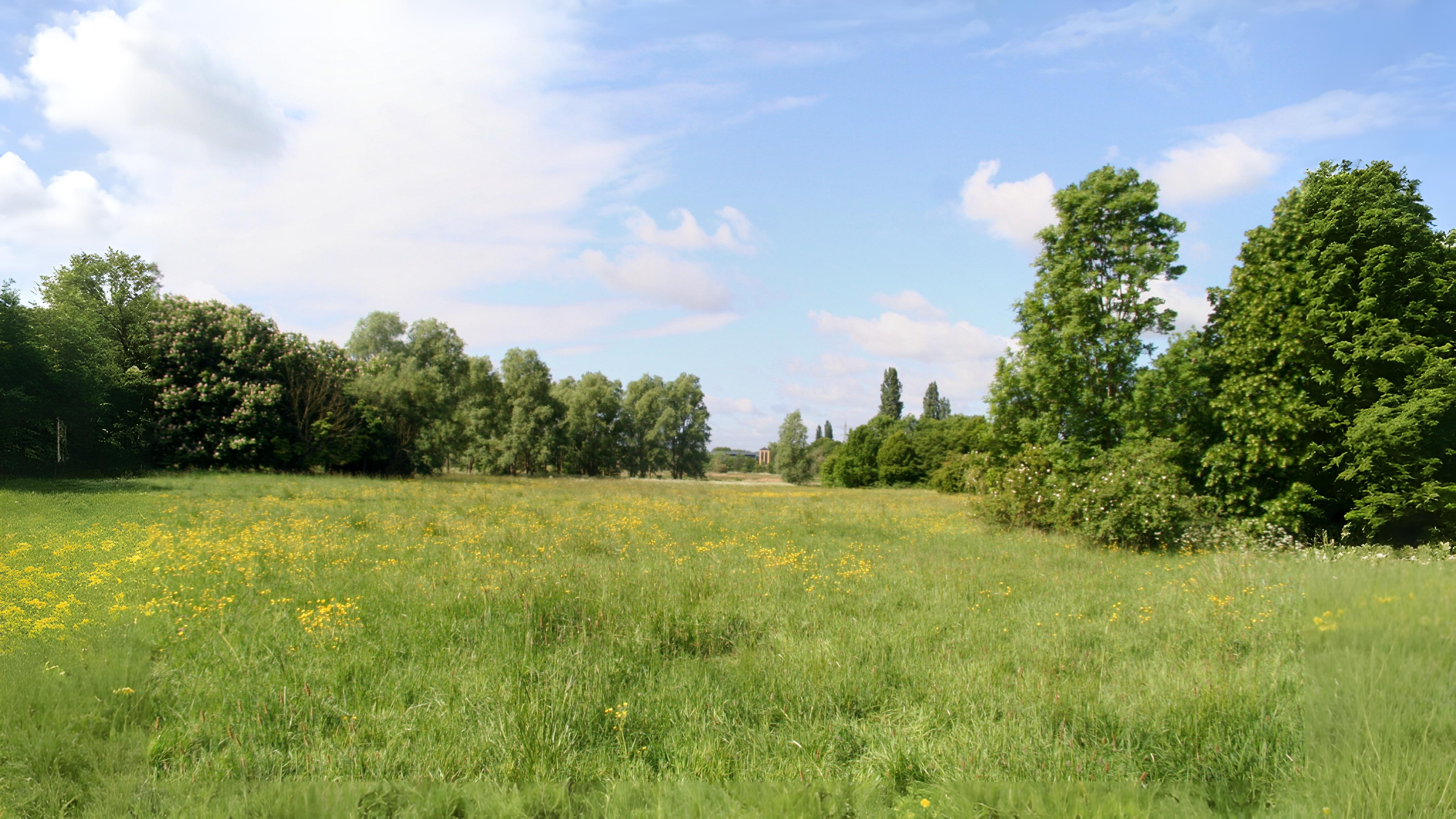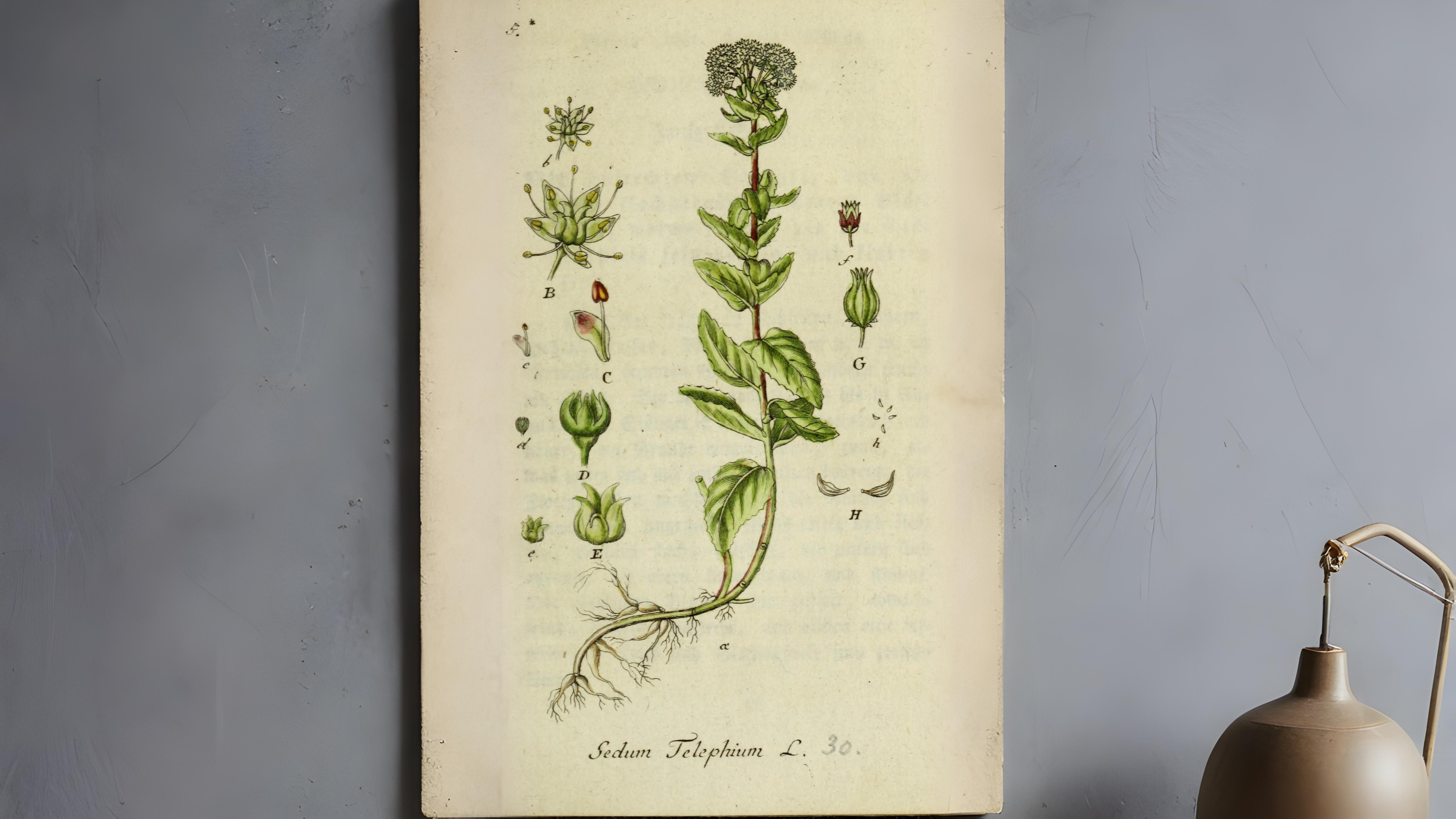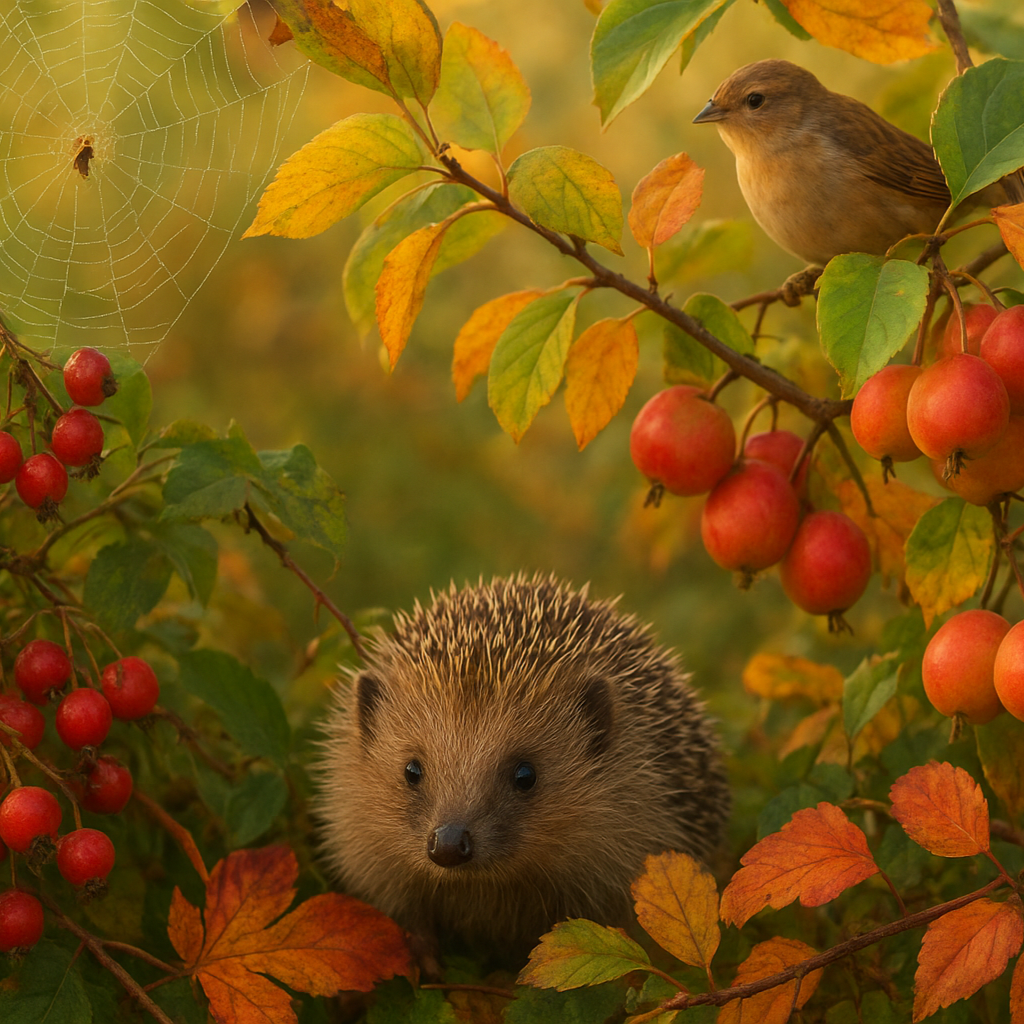
Return on September 5th to uncover the secrets of the hedgerow!


September is one of the better months to walk along old hedgerows for a variety of reasons. Many leaves are now starting to colour and fall. Many plants are either still in flower or have set seed or formed fruits. Any crab apples are now covered in crimson fruits.


It is thought the earliest hedges were made from just readily available plants such as blackthorn, holly and hawthorn bushes. They were probably laid to enclose where food was being grown to protect it from grazing stock. Later hedges were grown to mark the boundaries of fields or parishes. Where woods were cleared to create farmland assart hedges were often left which were made up of trees and shrubs from the original wood. During the reign of Richard 1st these hedges were not allowed to exceed 1.3 metres as this was the height a deer could clear and nothing was allowed to interfere with hunting.
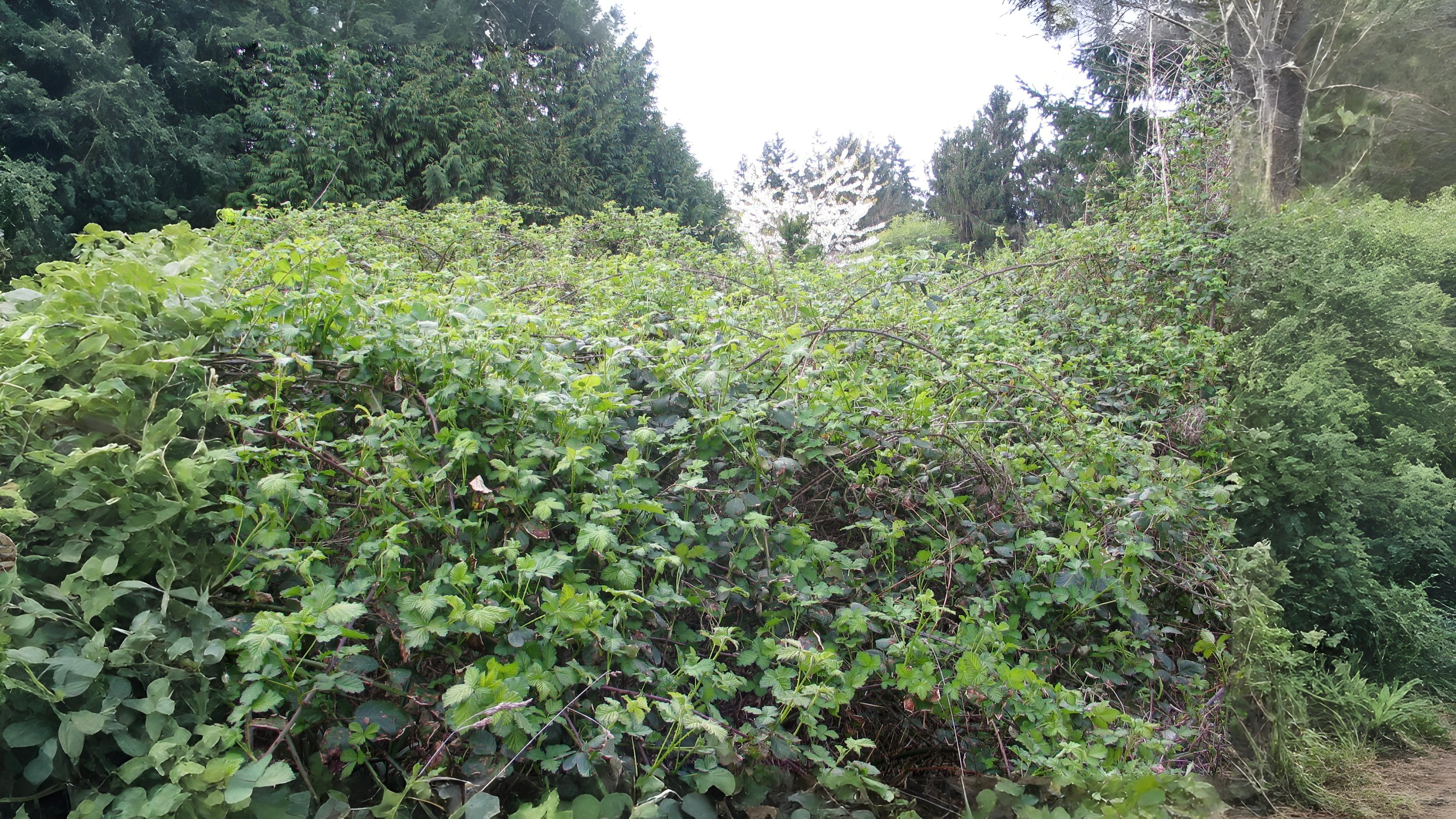

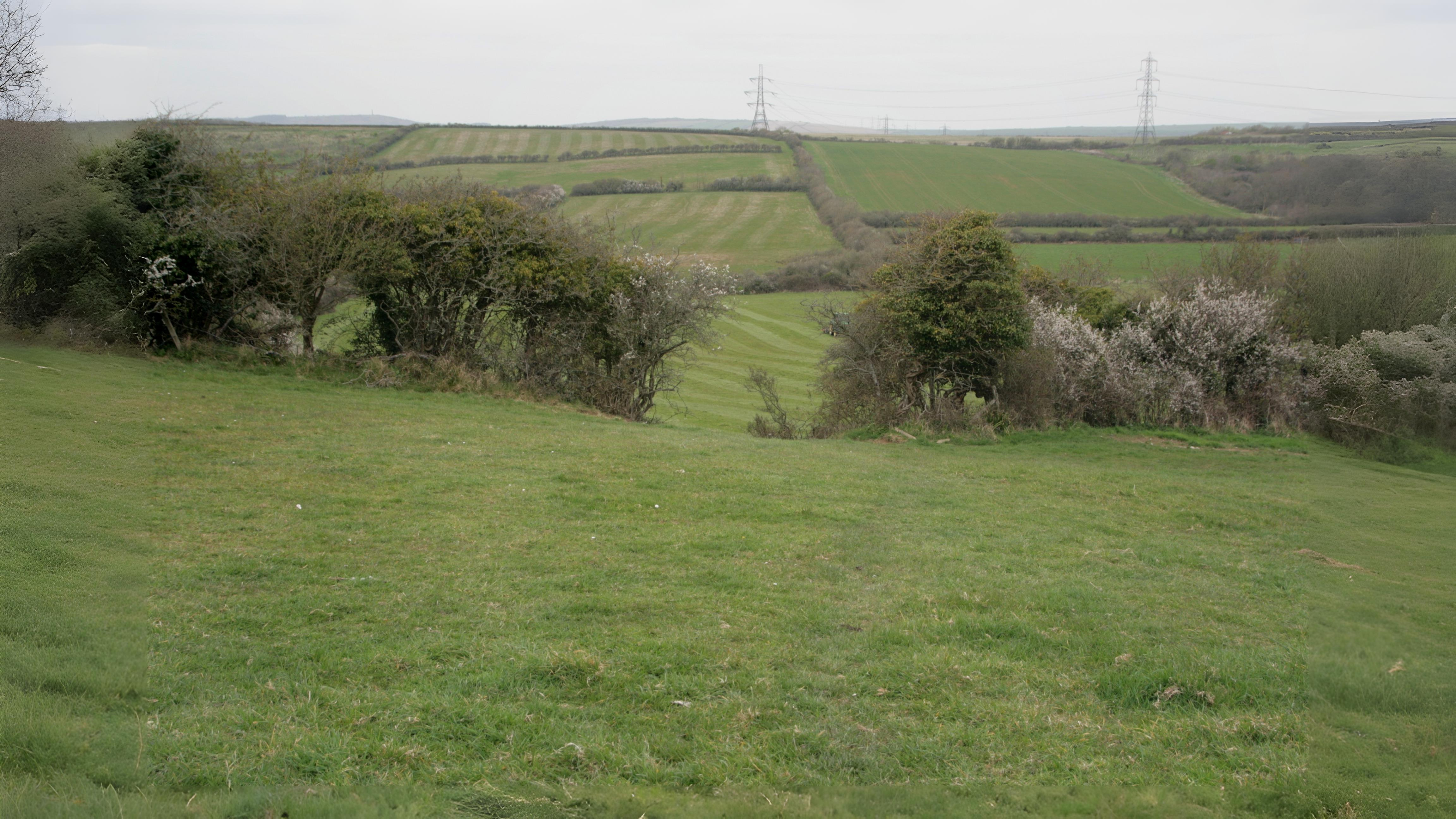

A well used way to estimate the age of a hedge is to walk several thirty yard sections, counting the number of different trees and shrubs present in each section. The average number is believed by many to be the number of centuries the hedge has existed e.g. ten different species would indicate a thousand year old hedge. There are unfortunately a number of factors that can interfere with this simple rule especially any later interference or management by man.
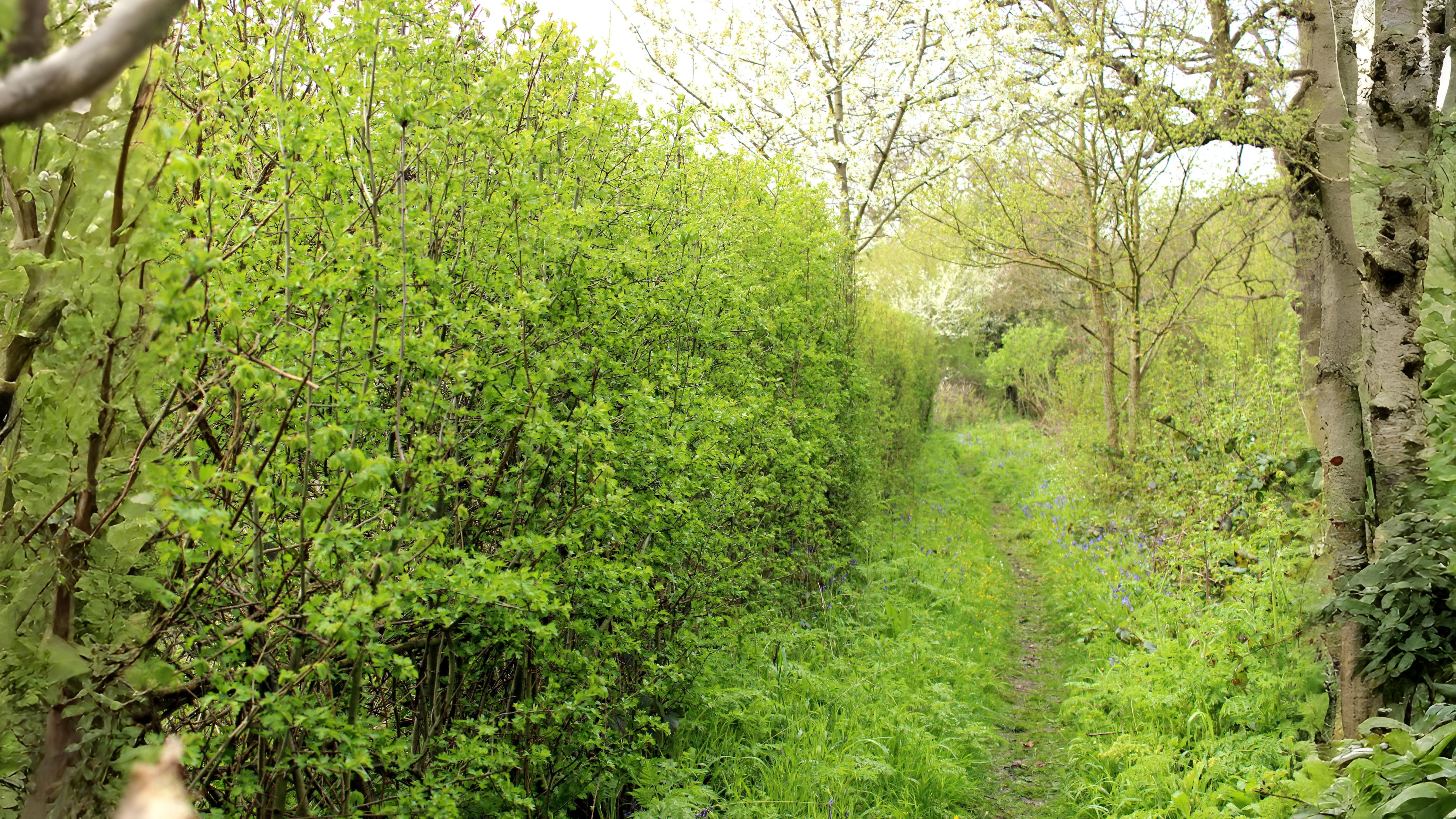



Hedges also attract a wide range of mammals e.g. mice, voles, shrews, stoats, weasels, rabbits, hares, hedgehogs, badgers and foxes. Many people only ever see a stoat or weasel as it dives out of a hedge and runs across a road. A wide variety of birds also use hedges when nesting, especially garden birds and finches. In outer areas this list may include less common birds such as linnets, whitethroats, yellowhammers, pheasants and even partridges.
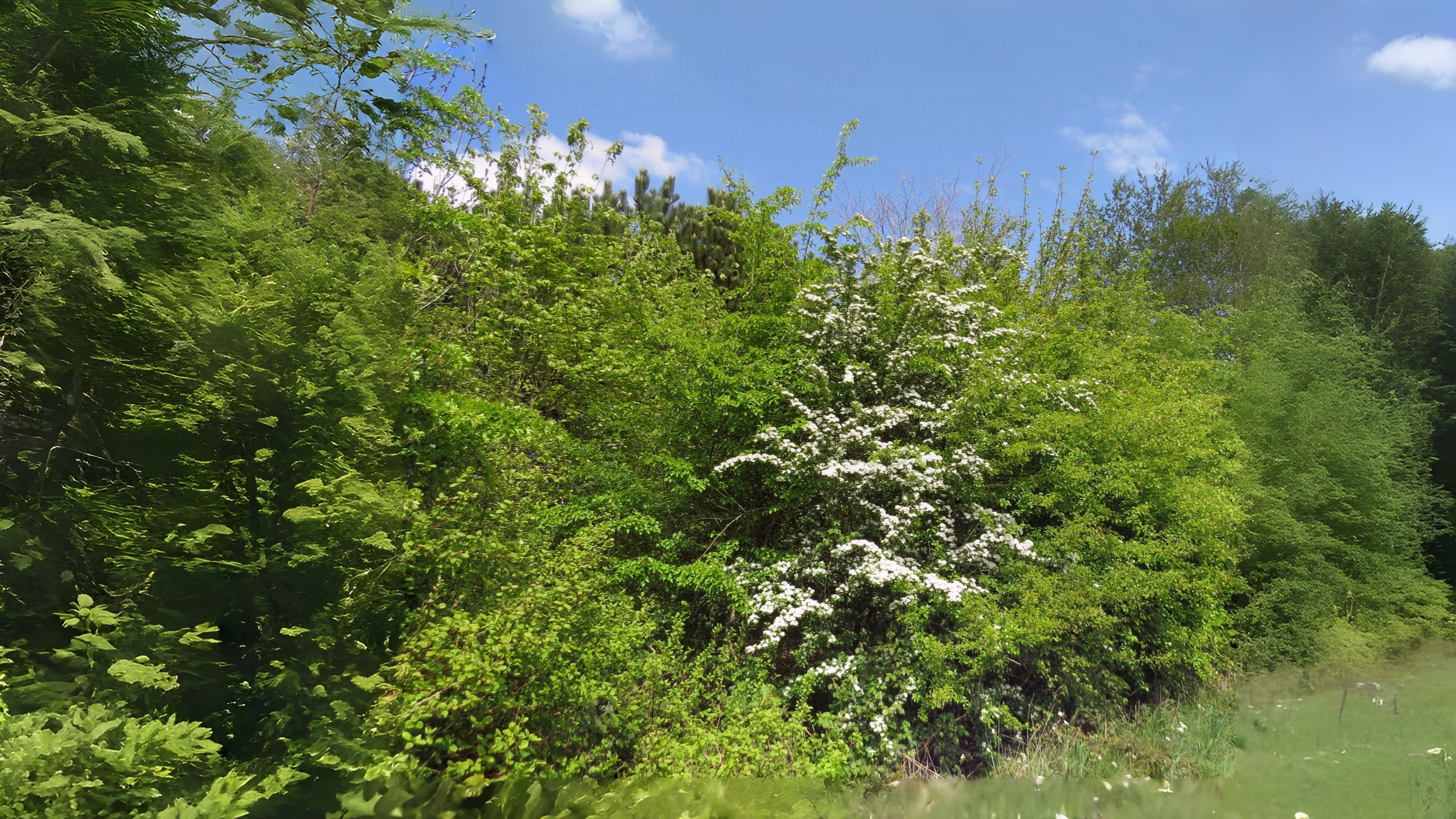

One plant that always surprises when found on a hedgebank is Orpine Sedum telephium. It is similar to its popular garden relative the Ice plant S. spectabile, widely planted to attract butterflies.
